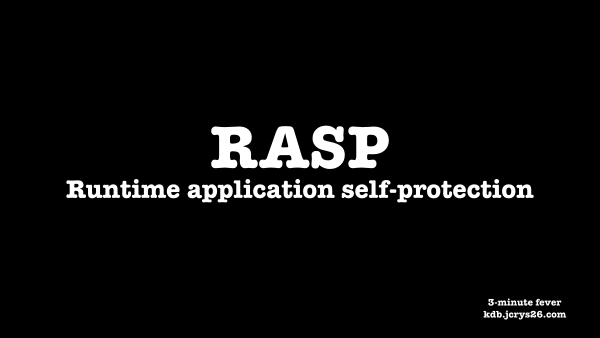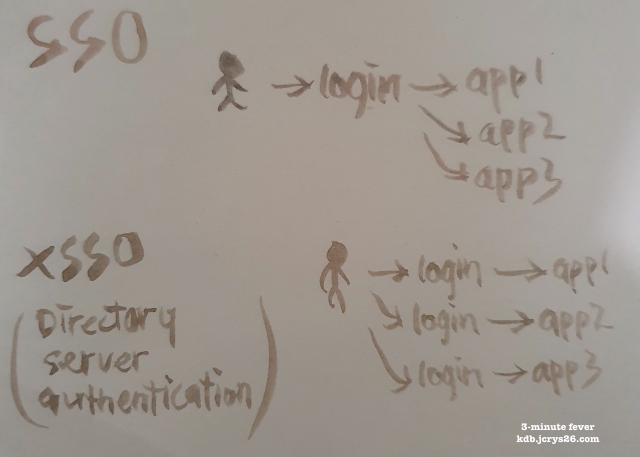Today marks the last day for my 31-day challenge to explain IT related term. I didn't have any actual plan for this, so I got my terms randomly from bookmarked URL, books, or what I heard/read.
DKIM was one of the terms that I found in an email raw message. Today's word, MIME is the second term I choose from the email raw message. :P
MIME, or Multipurpose Internet Mail Extensions, is an Internet standard to extends the email content format that contains text in character sets other than ASCII, with attachments in audio/image/video/any other non-text file, or it is a multi-part message.
I thought this is the part to define the content of the email, but actually, it is not. Normally, in an email, you'll just specify the MIME version, and the format of the message is defined in Content-Type.
I inspected a few of received newsletters in my mailbox, seems like in single email, we can have both plain text and html content to be sent in single email! There's a "divider" in the email message called boundary, that separated the content in plain text and html content. This makes me wonder, did the email marketing platform that I worked with... did we support this? I remember the email format sent was based on a flag for plain text or html, but not both?
Further reads:
- https://www.interserver.net/tips/kb/mime-multi-purpose-internet-mail-extensions/
- https://www.networkworld.com/article/2199390/the-mime-guys--how-two-internet-gurus-changed-e-mail-forever.html































